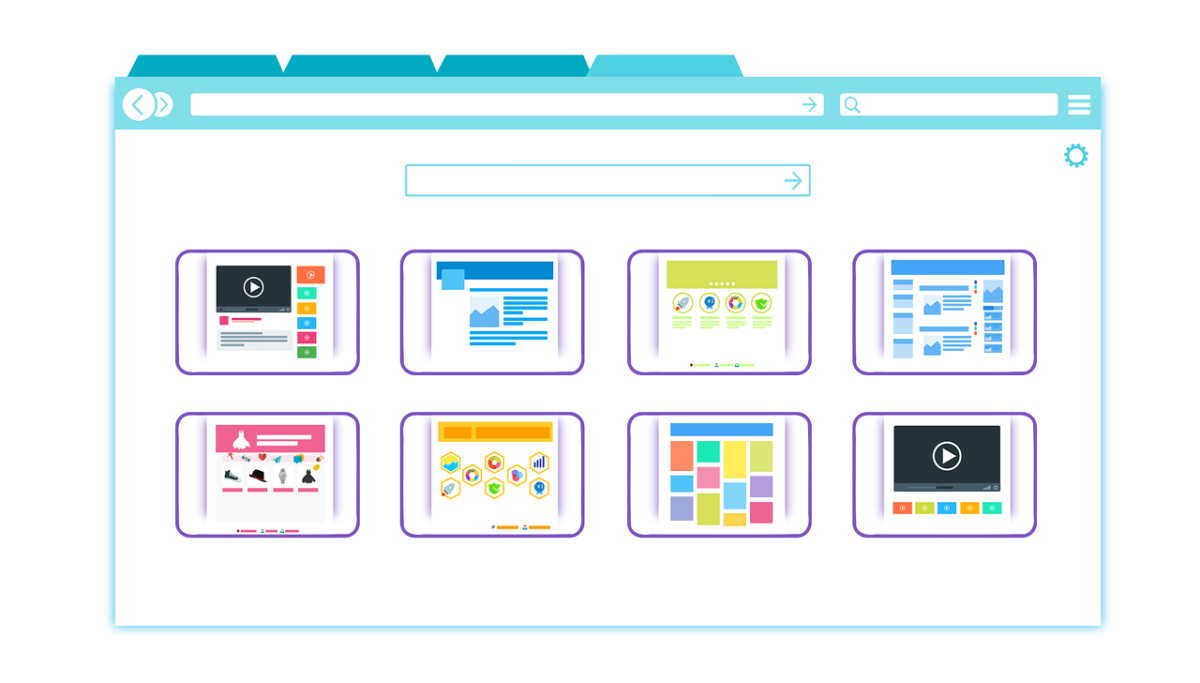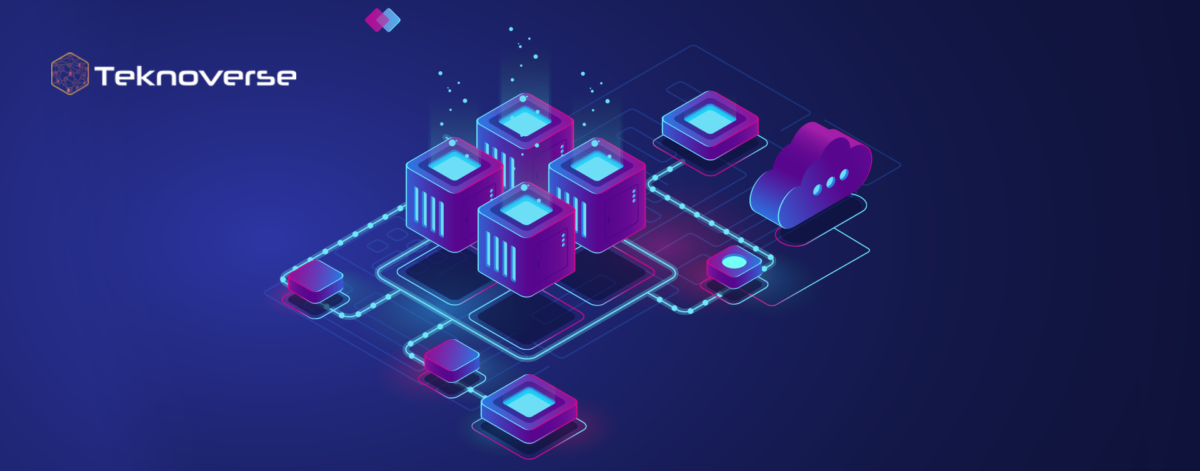The significance of successful collaboration, simplified workflows and safety while handling information in the current business environment cannot be emphasized enough. This is where SharePoint comes in; it is a powerful Microsoft platform for document management, development of content collaborations and intranets. Nonetheless, full realization of the power of SharePoint requires expertise and strategic implementation. This is where you need a consultant specializing in SharePoint services. Let us consider why your company needs a SharePoint consultant and how they can contribute to increased productivity within your organization.
Strategic Planning and Implementation
SharePoint has many features and capabilities that make it a robust platform for organizations to use. However, if you are not aware on how to customize these features based on your organizational needs, you may end up underutilizing its potentiality. A strategic planning expert from Sharepoint helps by enabling one define objectives, establishing critical requirement areas as well as creating an implementation plan.
By understanding the unique workflow patterns within your organization, collaboration requirements therein as well as information architecture concerning the same; consultants can design a sharepoint solution that perfectly aligns with your organization’s objectives given its peculiarities regarding workflows. Every step correctly planned and implemented starting from setting up document libraries to developing custom workflows and automating processes
Customization and Configuration
It does not always mean that packaged SharePoint solutions are good to go for your business requirements. This is where customization comes in. It’s not every other person who can actually be able to do this except a SharePoint consultant, who has the technical know-how to make a platform fit your organization’s needs completely.
SharePoint should be aligned with existing systems and processes so that it integrates well with them via implementing custom web parts development, building branded intranet portals or even integrating third-party applications. Such customization not only improves user experience but also boost productivity by providing employees with tailor made tools for doing their work effectively.
User Training and Adoption
Introducing SharePoint or any new platform in your organization requires more than just technical implementation. The success of any technology deployment depends on how well users adopt the system. A SharePoint consultant understands this and provides comprehensive user training and support during the process of changeover.
Consultants empower your employees through conducting workshops and webinars, creating user guides as well as tutorials among others in order to equip them with knowledge they need to utilize SharePoint properly. This enhances confidence in using the platform and also promotes teamwork across departments through collaboration and knowledge sharing between teams.
Safety and Compliance
In this era of digitization, data security for all businesses is a matter of prime concern. SharePoint is equipped with robust safety features, like role-based access control, encryption and compliance tools. In order to ensure compliance with regulations and to protect your sensitive information internally, you receive assistance from a SharePoint consultant in configuring such security measures.
To minimize the likelihood of unauthorized access and data breaches consultants conduct security audits, apply policies regarding loss prevention of data and establish secure control mechanisms. By proactively approaching security issues like these the stakeholders’ faith increases while protecting the reputation of your organization.
Continuous Support and Maintenance
Your business needs are dynamic just as technology itself is for it keeps changing. For your SharePoint environment to work properly at all times, a SharePoint consultant will provide continuous support and maintenance services. Consultants are always available to offer needed help, be it trouble shooting problems, updating the system or scaling up platforms when they need to expand.
When you have an expert consultant on board it means that you can always get guidance on any matter. Thus, this ensures that your long-term SharePoint solution remains optimized, secured and aligned with your organizations targets.
Cost Effectiveness and ROI
Hiring of SharePoint consultant may require initial investment, but the long-term gains far outweigh the expenses. They help you to avoid mistakes that might incur during implementation process, optimize the platform for efficiency, and enhance user productivity; all these contribute to significant return on investments (ROI).
Your organization can streamline processes in this streamlining with collaboration enhancement a reduction in operational costs, resulting in an overall business growth by taking advantage of the full potential of SharePoint. A consultant ensures that each penny spent on SharePoint translates into tangible value for business and competitive advantage.
Conclusion
In today’s fast-paced world of business, having a SharePoint consultant is more than just a luxury, it is now a necessity. Consultants are central to maximizing on these benefits through strategic planning, customization, user training, and ongoing support.
If you want improved collaboration within teams or enhanced document management processes including data protection and compliance with regulations then it’s advisable to hire a SharePoint consultant who will provide expertise and guidance required for achieving your target goals. With their assistance Schedule some time for that – your SharePoint will thank you as you propel your business forward into a digital future.
To help guide you at every stage of your journey towards the SharePoint platform, it makes good business sense to bring in a SharePoint consultant from the start. It’s an investment in the long-term success of your enterprise. Ultimately, implementing SharePoint is not simply a technical endeavour, turning your dreams and ideas into reality. You must have a well thought out vision of the future and success that SharePoint makes possible.
Do you have any plans or experience to deploy SharePoint in your business? If so, please share it with us below. If you have questions about this information, contact us at your convenience.






